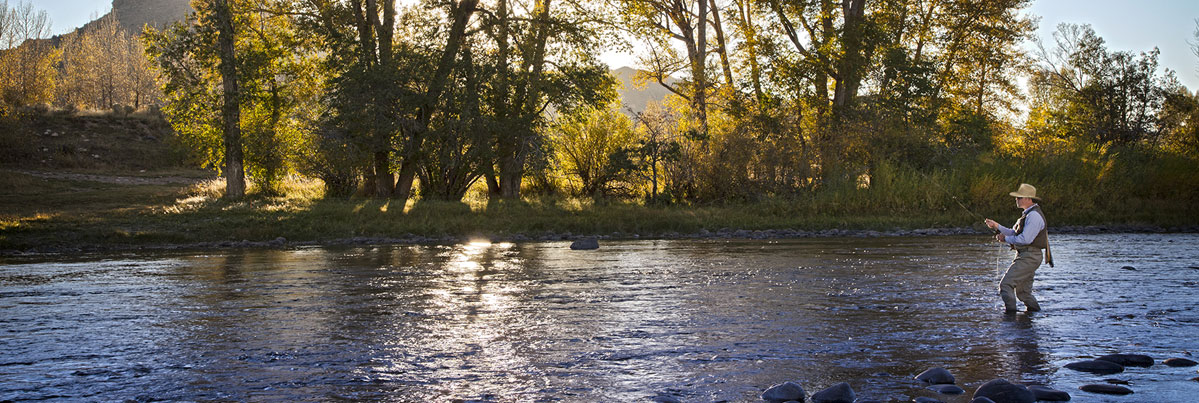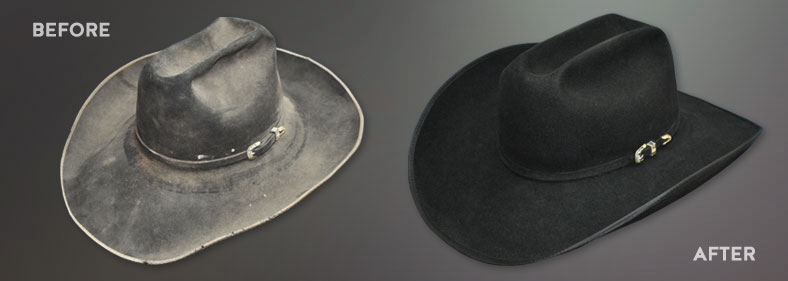
WHAT MAKES HAT QUALITY?
All felt hats look similar at a quick glance, and a customer may wonder why one costs $50, another $100, $200 or more. The difference can be seen and felt once he gets them in his hand, and it shows up even more after months of wearing. But the question remains: what makes hat quality?
The major items of cost are the fur, the trimmings, and, highly important, the workmanship.
Selection of the fur determines the tightness of the felt and the sheen and resilience of the finish. It comes in dozens of different grades of rabbit, hare, nutria, beaver, etc., and may vary in price from $10 to $100 a pound. Each has its own property of felting, tightly or loosely, and the tighter the felt the more ”live” and shape-retaining the hat will be. Certain portions of the fur, the backs of land animals, the bellies of water animals, are superior in quality and command a higher price. There is also the cheaper ”short stock” (reclaimed fur) and synthetic fiber which acts as a filler but does nothing to tighten the felt. They all make hats, but with a difference in ”feel” and in pride of appearance after a little wear.
Workmanship counts more than you think. The bodies may be rushed once through the shrinking rollers, or run through repeatedly with constant inspection. They may be ”pounced” (shaved) once or several times. Some special textures require double the finishing time. The ”felted edge” locks the brim shape forever, but it also involves an incredible amount of expert handwork.
Trimmings too, from cotton linings to finest brial satin, from imitation leathers to fine specially tanned roans; all determine cost and quality. A fine band costs more, and is worth it. A reeded leather helps cushion the head and resists perspiration stains; it also adds to cost. These are visible qualities for the life of the hat.

